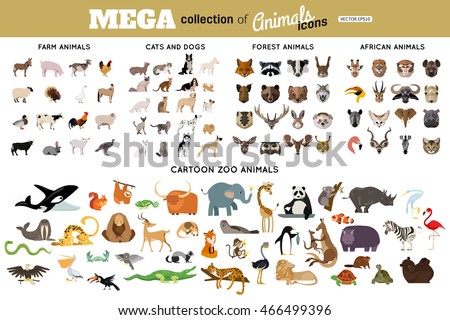 As cats age and come in to that middle age period from around 7 � 8 years of age, it is important for owners to keep an eye out for symptoms that could indicate the beginnings of a disease or syndrome. Middle aged to older cats are very prone to developing diabetes, kidney disease, hyperthyroidism, arthritis and sometimes sadly, even cancer.
As cats age and come in to that middle age period from around 7 � 8 years of age, it is important for owners to keep an eye out for symptoms that could indicate the beginnings of a disease or syndrome. Middle aged to older cats are very prone to developing diabetes, kidney disease, hyperthyroidism, arthritis and sometimes sadly, even cancer.
Symptoms:
Thankfully many geriatric cat diseases can be picked up early on by watching out for several symptoms.
The main one to look out for in these cats is what we call in the Veterinary world PU/PD � otherwise meaning excessive urination and excessive drinking. This is a symptom associated with a number of diseases, but particularly diabetes, hyperthyroidism and kidney disease. Keep an eye on your cat � is he or she always at the water bowl? If your cat is drinking more than 100ml per kg per day, then he or she is definitely drinking excessive quantities of water and this definitely warrants a full check up.
Weight loss is another major symptom that while being easy to pick. This weight loss however, is generally only realized once the at has lost a large amount of weight. This is another good reason for regular check ups with your Vet as it is very important to monitor weight loss as this can be associated with all of the diseases listed above. Also be aware that cats who are overweight are also prone to diabetes AND arthritis so be sure to try and get your cat to his or her optimal weight before they reach ‘middle age’.
Inappetance is another obvious symptom to look out for and if you notice your cat won’t eat his or her food despite trying several different options, then get this kitty to your Vet sooner rather than later. Whilst this can also be associated with all of the above, inappetance alone can cause a problem called ‘fatty liver’ or ‘hepatic lipidosis’ which can quickly become fatal.
While there are many other symptoms that are associated with the diseases mentioned above, these are the major ones to keep an eye on in your middle aged to geriatric cat. If you notice any of these, it would definitely be worth getting your cat to the Vet for a full check over as well as blood and urine tests.
Diabetes
Feline diabetes is more common than most people realize and is definitely more likely in an overweight cat. The first symptoms noticed are excessive drinking and urination, increased hunger and lethargy. Diabetes is a syndrome where the body doesn’t produce or respond to insulin and as a result glucose remains in the blood rather than being utilized by the cells. As a result most of this glucose also spills over in to the urine causing your cat to urinate more (and hence want to drink more too). Thankfully we can test for glucose in the urine of cats and check the blood for the glucose level. Diabetes is definitely treatable and there is a product now that requires you to give your cat only one injection of insulin per day. This insulin helps drive the glucose into the cells to be used! In some cases insulin injections are no longer needed after several months, but this has only been seen in some animals on a certain type of insulin. Ask your Vet for more details. If you have a question that needs to be answered straight away, check this page: – Ask the Vet.

